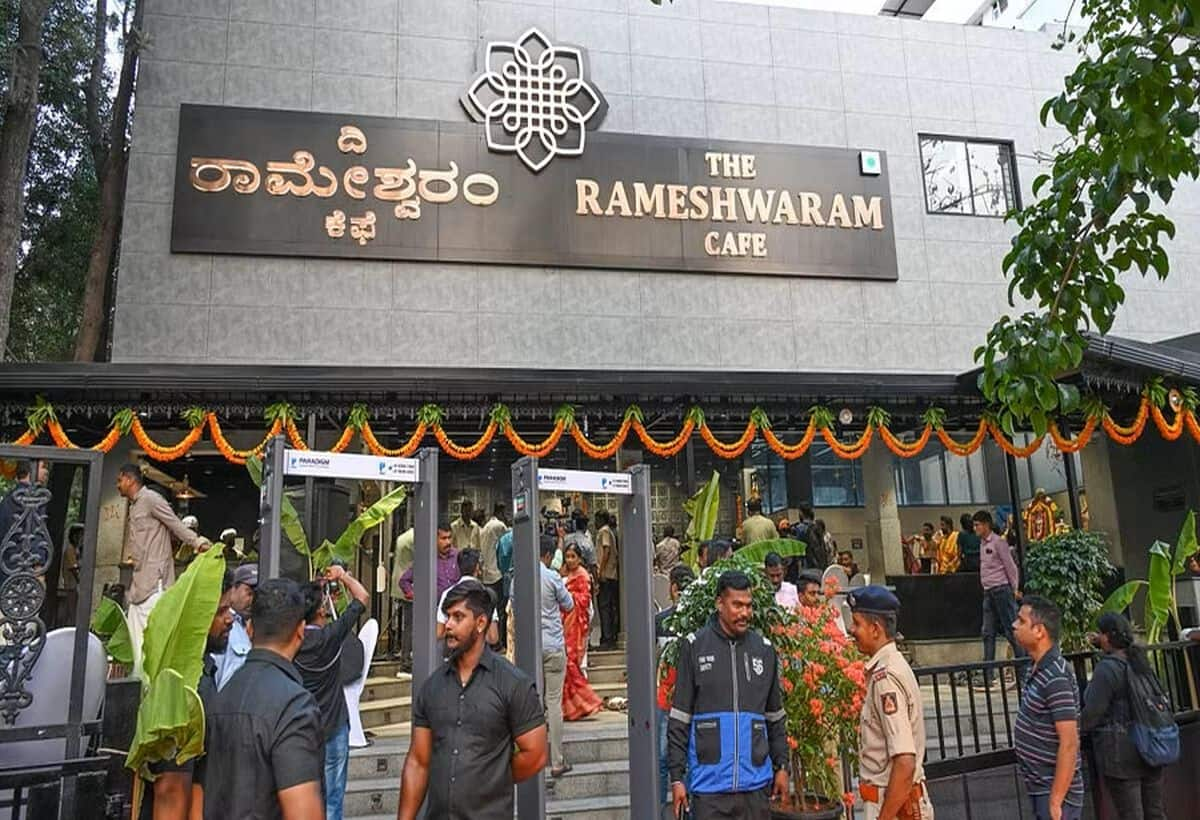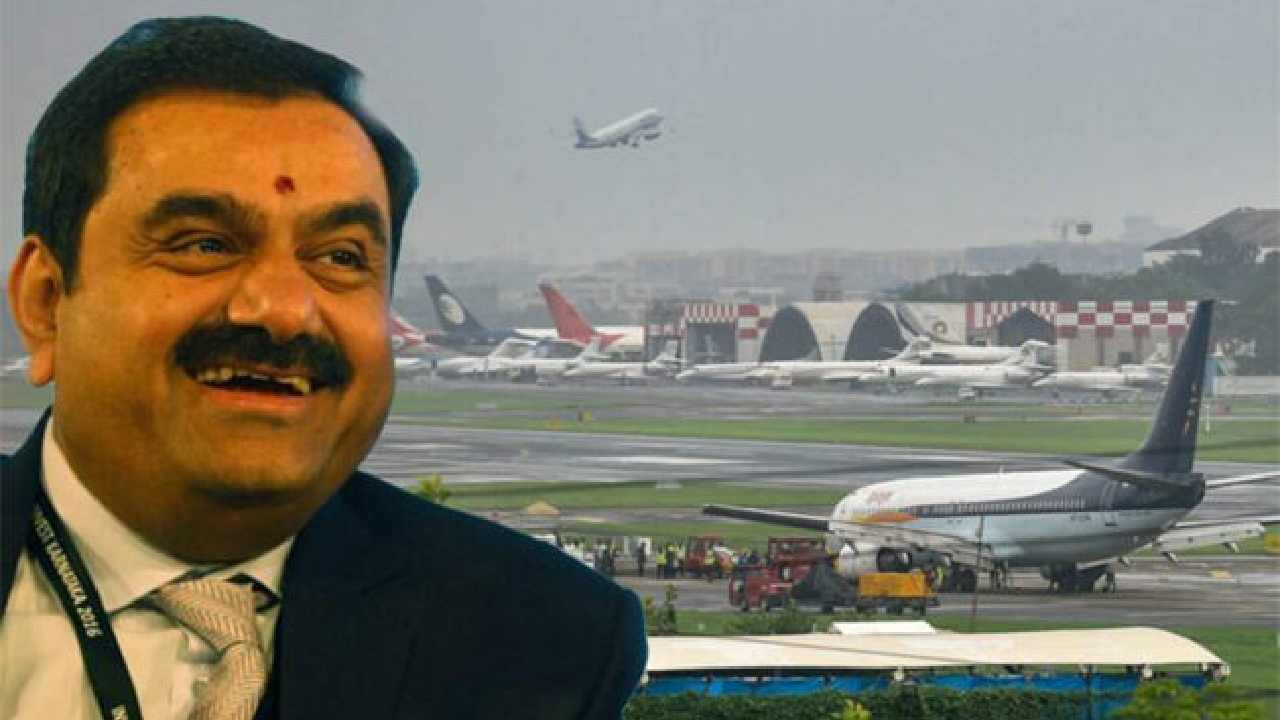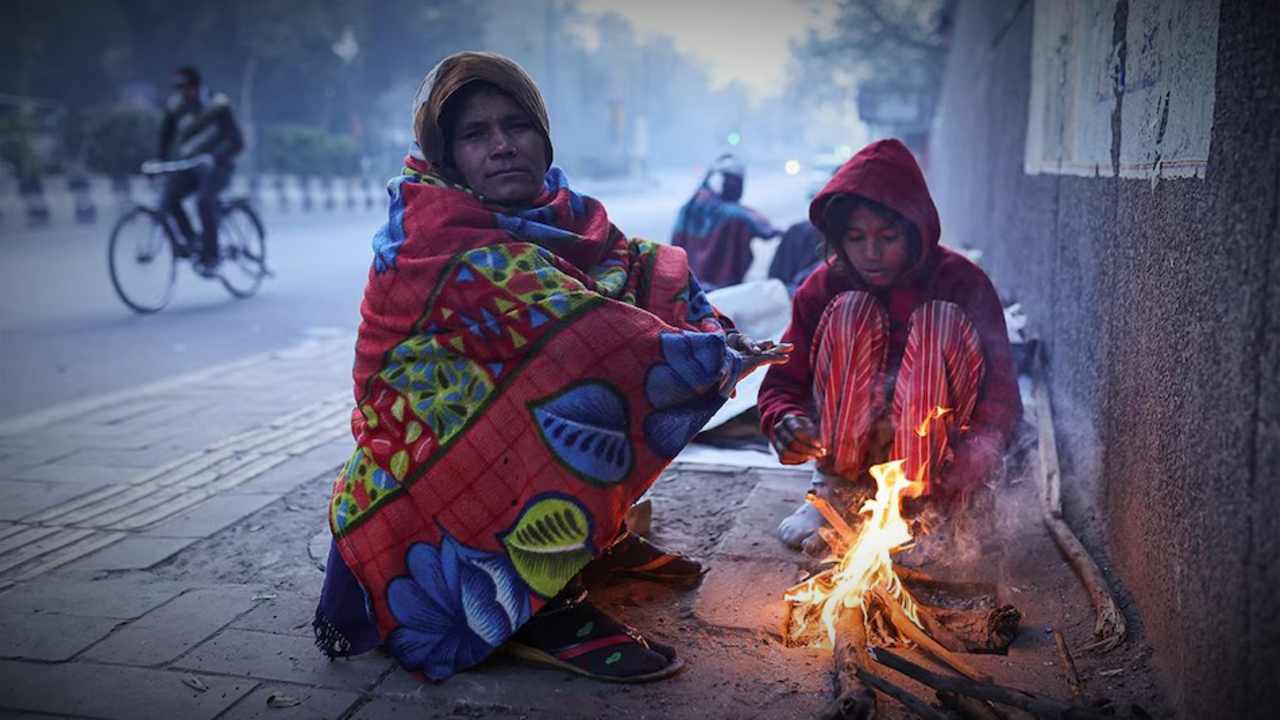Introduction
The recent chargesheet filed by the National Investigation Agency (NIA) in connection with the Rameswaram Cafe blast case has shed light on a serious act of terrorism that shook Bengaluru earlier this year. The incident not only resulted in several injuries but also highlighted the alarming trend of targeted attacks on technology hubs. This article delves into the details of the blast, the accused, their motivations, and the broader implications for national security.
The Rameswaram Cafe Blast: What Happened?
On March 1, 2024, a low-intensity explosion occurred at the well-known Rameswaram Cafe, located in the bustling Brookfield area of Bengaluru’s tech corridor. The blast injured at least nine individuals and caused significant damage to the property. Initial investigations revealed that the attackers had initially aimed to target one of the prominent IT parks in the Whitefield area, intending to harm the tech industry’s reputation globally.
Identifying the Accused
The NIA has charged four individuals in connection with the blast: Musavir Hussain Shajib, Abdul Mathin Ahmed Taha, Maaz Munir Ahmed, and Muzammil Sharif. Each of these men has been charged under relevant sections of the Indian Penal Code, the Unlawful Activities (Prevention) Act, and the Explosive Substances Act. All four are currently in judicial custody while the investigation continues to unfold.
Planning and Execution
According to sources, the accused conducted extensive research on how to plant explosives in various major cities’ special economic zones. They had targeted individuals in the software sector with the intention of instilling fear and creating chaos. It was revealed that the attackers recognized the potential global backlash of such incidents against India’s image.
Background of the Attack
Interestingly, the attackers initially planned a more significant blast on January 22, the day of the Ram Mandir Prana Pratishtha ceremony. After their unsuccessful attempt to bomb the BJP state office in Malleswaram, the focus shifted to the Rameswaram Cafe. This choice was driven by its location in a tech-heavy area and the symbolic association with the name ‘Ram’. The cafe attracted a large number of tech professionals, making it an ideal target in the eyes of the terrorists.
Details of the Blast
On the day of the bombing, Shajib, one of the main suspects, is believed to have visited the cafe to plant a low-intensity improvised explosive device (IED). The explosion resulted in injuries to several employees, some of whom sustained severe injuries, alongside extensive damage to the cafe premises.
Funding the Attack
The investigation also uncovered that Taha and Shajib received funding from their accomplices through cryptocurrency. The NIA’s efforts revealed that these funds were used to execute their violent plans in Bengaluru. The chargesheet has been submitted to a special NIA court, following a thorough investigation that combined technical and on-the-ground efforts in collaboration with various state police units.
Legal Proceedings and Arrests
Shajib has been identified as the individual who executed the planting of the bomb. The NIA’s investigation confirmed that both he and Taha had been on the run since 2020, following the dismantling of an earlier Al-Hind module. Their capture in West Bengal, 42 days post-blast, was the result of a meticulous manhunt by the NIA, highlighting the persistence and dedication of India’s investigative agencies in combating terrorism. Both suspects, hailing from the Shivamogga district of Karnataka, are suspected ISIS radicals.
Conclusion
The Rameswaram Cafe blast stands as a stark reminder of the persistent threat of terrorism, particularly in urban centers linked to the technology sector. As investigations continue, it is vital for authorities to remain vigilant and proactive in safeguarding both the public and India’s reputation on the global stage.












